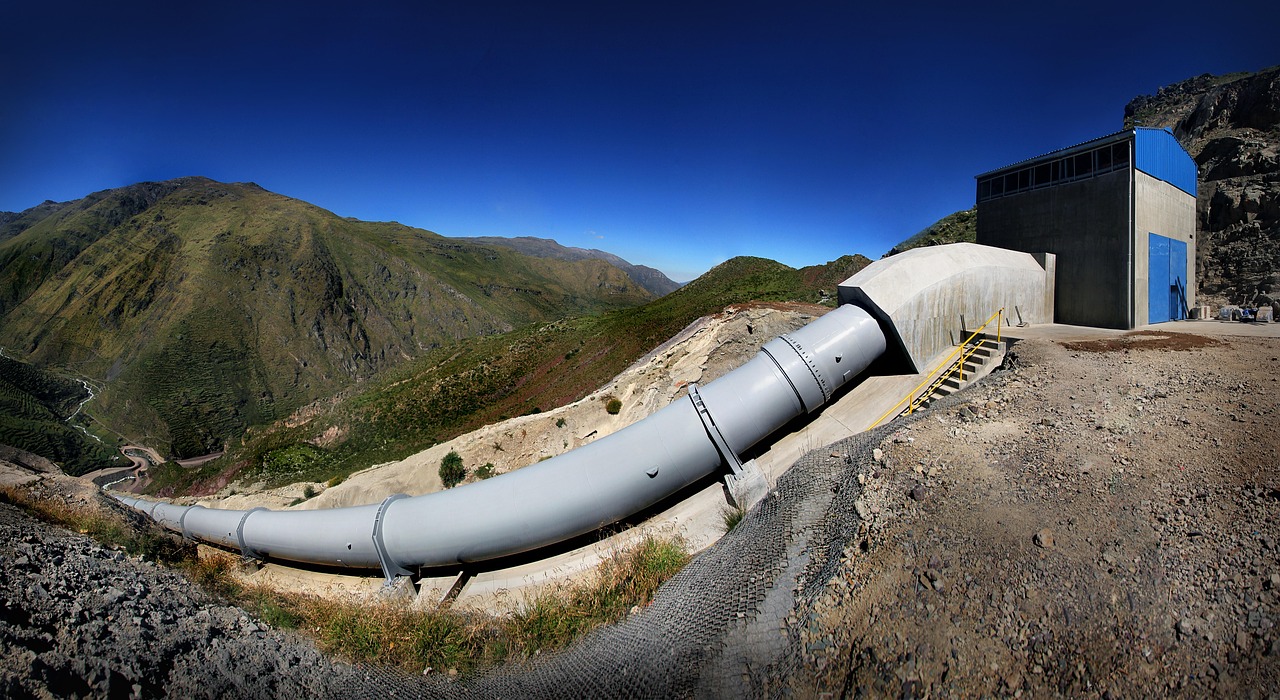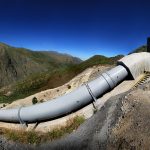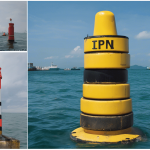Oil pipelines form a vast, global network essential for transporting crude oil, natural gas, and numerous other substances economically and efficiently. Understanding their construction, operation, and environmental impact reveals both their critical role and the challenges faced in maintaining safety and sustainability. Advancements in technology and regulation aim to unlock a more reliable and responsible future for these vital energy arteries.
Essential Facts About Oil Pipelines: Structure, Function, and Scope
Oil pipelines serve as the backbone of crude oil transportation, seamlessly moving vast quantities of oil and its derivatives across continents. Immediately after construction, their reliability and efficiency have been central to global energy exchange, with modern technologies ensuring coordination and safety. For those needing a deeper dive, learn about the oil pipeline in vallourec solutions further illuminates specialized approaches in pipeline materials and management.
Also read : Navigating safely: maritime signalisation buoys in malaysia
Spanning nearly 2.175 million miles in 120 countries, the global oil pipeline network connects major energy hubs. The United States, Russia, and Canada together host more than three-quarters of the entire infrastructure an impressive feat in coordinated engineering. These continuous routes support economic stability by providing a cost-effective alternative to rail or truck logistics and, unlike other methods, allow for uninterrupted, high-capacity flow.
Two primary types dominate oil pipeline systems: crude oil pipelines, which carry raw materials from extraction sites to refineries, and product pipelines, which move refined items like gasoline or jet fuel to distribution points. Materials for these pipelines primarily steel or specialized plastics are chosen for their durability, pressure resistance, and corrosion management. Maintenance technology, such as “pigs” for internal inspection and cleaning, showcases the blend of traditional engineering with smart monitoring innovations.
Also to read : Exploring innovations in desktop label printing technology
Additionally, these pipelines can transport a surprising array of fluids beyond crude oil, lines may carry natural gas, ethanol, water, or industrial slurries. This versatility is backed by robust pipeline infrastructure, careful route planning, and constant attention to pipeline maintenance and safety. Major routes link the energy-rich Bakken Basin, Canadian oil sands, or the Middle Eastern fields to global markets, highlighting their essential role in worldwide supply chains. Environmental considerations push continual improvements in leak detection, material science, and emergency response as the industry evolves, ensuring the safe transit of vital resources year after year.
Construction, Operation, and Innovation in Oil Pipeline Systems
Materials, Engineering, and Installation Methods
Pipeline construction techniques use steel or high-grade plastic as core materials for crude oil transportation, prioritizing both durability and resistance to external conditions. Underground pipeline installation remains the standard, with trenching, directional drilling, and welding serving as primary pipeline construction techniques. The need for pipeline integrity management shapes both the engineering design and installation process, driving the adoption of redundant safety features and robust pipeline inspection methods.
Remote Monitoring, SCADA, and Digital Mapping Advances
Pipeline monitoring technology now leverages SCADA systems, enabling real-time control of oil flow management, pressure, and temperature. These digital mapping platforms integrate GPS data, supporting rapid detection of issues. Advanced sensors and remote telemetry feed pipeline system integration, allowing dispatchers to quickly intervene during anomalies, minimizing downtime.
Corrosion Prevention, Inspection Routines, and Smart Pigging
Corrosion prevention in pipelines relies on cathodic protection and advanced coatings. Routine inspections—using smart pigs and other pipeline inspection methods—enable operators to pinpoint metal loss, stress, or blockages. This data informs pipeline maintenance and safety teams, refining asset management strategies.
Innovations in Leak Detection and Pipeline Integrity Management
Enhanced pipeline leak detection applies sophisticated data analytics and acoustic monitoring, identifying even subtle disruptions. Innovations in pipeline integrity management now utilize continuous monitoring and machine learning for anomaly detection, ensuring rapid deployment of emergency response and reducing environmental risks.
Economic and Strategic Importance of Oil Pipelines
Cost-efficiency vs. Other Transportation Methods
Pipelines remain the dominant mode for crude oil transportation, offering unmatched cost-efficiency when compared to rail or trucking. For large-scale movements, pipeline capacity optimization minimizes per-barrel costs, especially as volumes increase—historically as little as $5 per barrel, compared to $10–$15 via alternatives. Pipeline infrastructure not only reduces operational expenses but also lessens environmental risks associated with accidents typical in other logistics routes.
Regional Market Dynamics and Major Routes
North America leads in global oil pipeline networks, with the United States and Canada at the forefront of pipeline project management and major oil pipeline routes. Strategic underground pipeline installation ensures reliable service from critical regions such as Texas’s Permian and Bakken Basins to Gulf Coast refineries. In Europe, regional approaches adapt for both offshore pipeline systems and cross-border energy trade, while emerging economies prioritize new pipeline development to meet rising demand.
Strategic/Geopolitical Roles and Influence on Energy Security
Oil pipeline transportation economics are deeply linked to energy security. Pipelines shape international relations and energy market stability, as evidenced by notable disruptions. Control over global pipeline network challenges—ranging from cross-border tensions to regional market dynamics—can shift power balances and disrupt oil flow management on a large scale.
Financing Models and Economic Impact on Regions
Investments in pipeline financing and investment—using private, public, or hybrid models—drive economic growth in host regions, generating pipeline job opportunities and increasing local tax bases. Oil storage and pipeline links further support both regional and global energy markets by enabling flexible supply chain responses to demand changes and emergencies.
Environmental, Regulatory, and Safety Considerations
Pollution, spills, and primary environmental risks
Pipeline environmental impact remains a primary concern, especially around potential pollution from corrosion or mechanical failure. Spills threaten soil, waterways, and aquifers, introducing hazardous substances like benzene that pose major health risks. With pipeline environmental monitoring now a regulatory expectation, operators deploy sensor networks and frequent pipeline inspection methods to limit unseen leaks. However, pipelines can leak below detection thresholds, allowing undetected releases for extended periods.
Environmental regulations, agency roles, and compliance standards
Regulatory oversight of pipelines has intensified, with agencies such as the Pipeline and Hazardous Materials Safety Administration (PHMSA) enforcing standards for pipeline regulatory compliance and operational safety. In addition, strict adherence to national pipeline safety standards—varying between countries—guides approval, monitoring, and maintenance, emphasizing rapid response and prevention protocols. These evolving standards address long-term pipeline environmental impact and enforce regular audits.
Safety advancements, emergency response strategies, and notable incidents
Pipeline safety improvements involve integrating automation, real-time pipeline leak detection, and enhancements in emergency protocols. Dedicated pipeline spill response teams receive advanced training for disaster containment and environmental care. Although incidents such as the Enbridge Line 6B spill or pipeline explosions remain part of history, tighter regulation and technology continue to foster pipeline disaster prevention.
Challenges in rapid leak detection and long-term restoration efforts
Detecting small leaks remains a significant obstacle for pipeline environmental monitoring due to the limitations of existing sensor technology. When spills are discovered late, pipeline environmental restoration becomes a complex, long-term challenge, particularly with heavy crude or diluted bitumen that settle in sediments. Robust policy development and technical innovation are necessary to deliver better outcomes in restoring affected environments.







